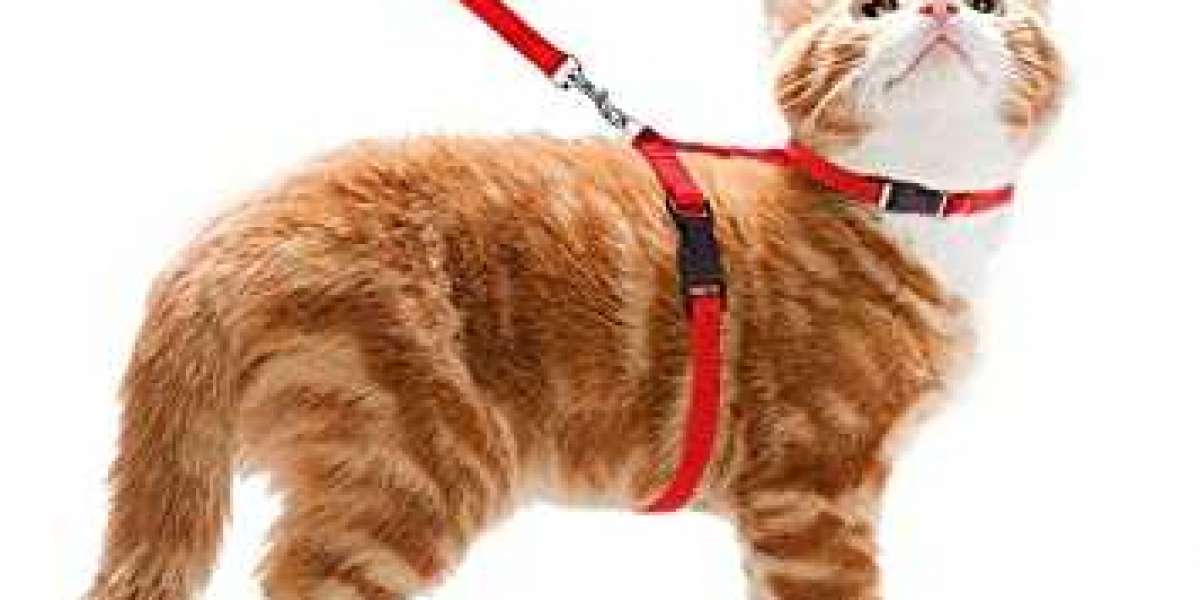Cats are known for their independent nature, but that doesn't mean they don't enjoy going for walks. Taking your cat for a walk can be a great bonding experience for the two of you, and it can also give your feline friend a chance to explore the great outdoors and get some exercise. However, before you can start taking your cat for walks, you need to choose the right harness.
There are many different types of cat harnesses on the market, and it can be overwhelming to try to pick the right one. In this article, we'll take a look at the different types of cat harnesses available, and discuss the pros and cons of each. We'll also give you some tips on how to choose the right harness for your cat, and how to properly fit and use it.
Body Harness
A body harness is the most common type of cat harness, and it wraps around the chest and shoulders of the cat. This type of harness is usually made of a soft, padded material and has a front chest D-ring attachment where the leash attaches to. Body harnesses are generally considered to be the most comfortable type of harness for cats, as they distribute the pressure evenly across the chest and shoulders. They also offer more control than a collar, since they prevent the cat from slipping out of the harness. However, body harnesses can be more difficult to put on and take off than a collar, so they may not be the best option for cats who are unwilling to be handled.
Vest Harness
Vest harnesses are similar to body harnesses, but they cover more of the cat's body. They typically have a front chest D-ring attachment and a back D-ring attachment. Vest harnesses can be a good option for cats who are prone to slipping out of body harnesses, but they can be more restrictive and may not be as comfortable for the cat to wear.
Head Harness
A head harness is a type of harness that wraps around the cat's head and attaches to a leash. These harnesses work by steering the cat's head, which can be useful for cats that tend to pull or be difficult to control. Head harnesses are also a good option for cats who are prone to slipping out of other types of harnesses. However, some cats may find the head harness restrictive and may not like the feeling of having something wrapped around their head.
Collar and Leash
A collar and leash combination is the simplest option for taking a cat for a walk. The collar attaches around the cat's neck, and a leash attaches to the collar. This option is often the most affordable and easiest to put on and take off. However, collars can be dangerous for cats as they can easily slip out of collars or the collar can get caught on something and strangle the cat. Therefore this is not recommended as a safe option for walks.
Size and Fit
The most important factor to consider when choosing a cat harness is the size and fit. The harness should be snug, but not too tight. If the harness is too loose, the cat may be able to slip out of it. If it's too tight, it can be uncomfortable for the cat to wear. Be sure to measure your
Conclusion
taking your cat for a walk can be a great bonding experience for the two of you and can also provide your feline friend with a chance to explore the great outdoors. However, before you can start taking your cat for walks, it's important to choose the right harness.








